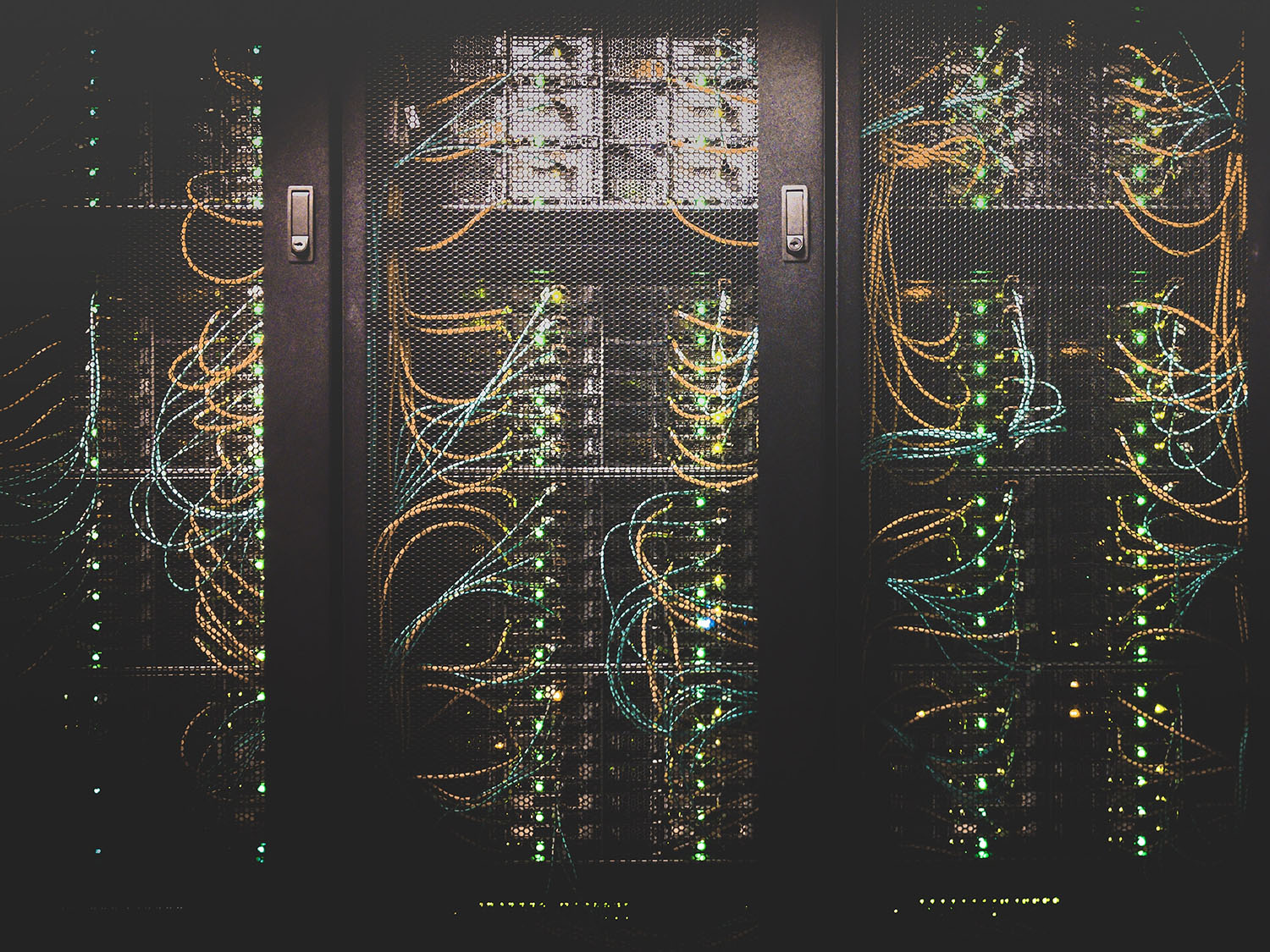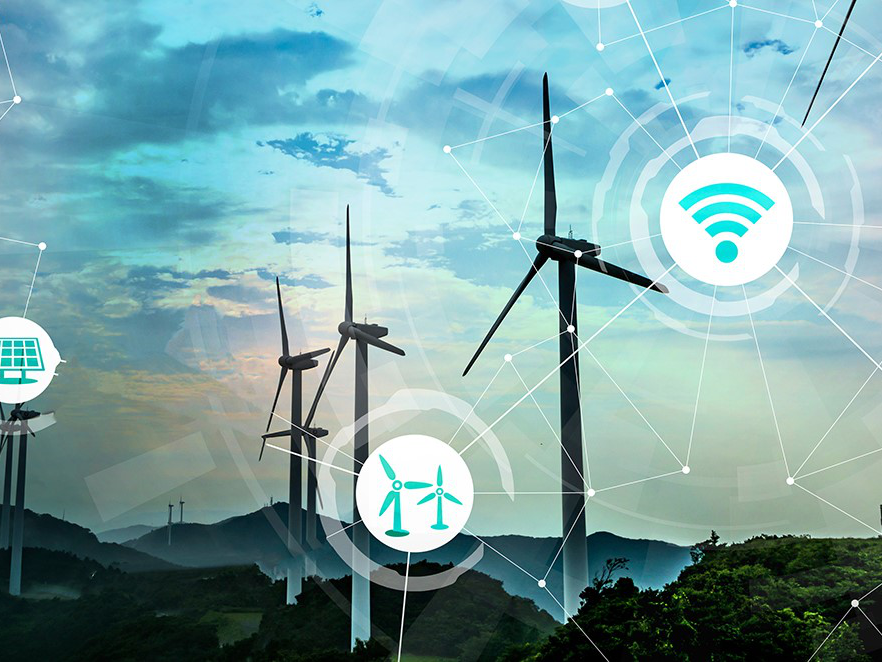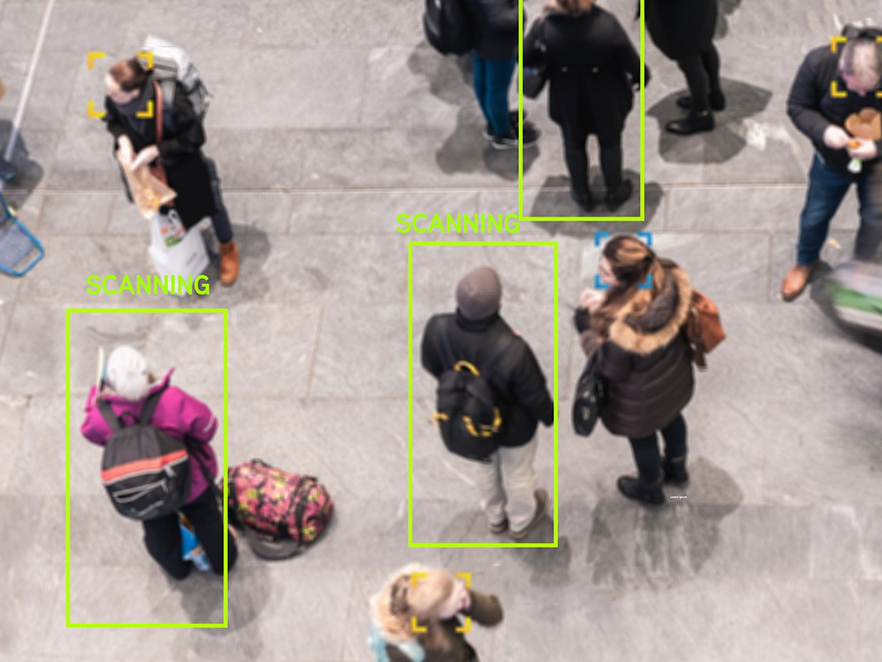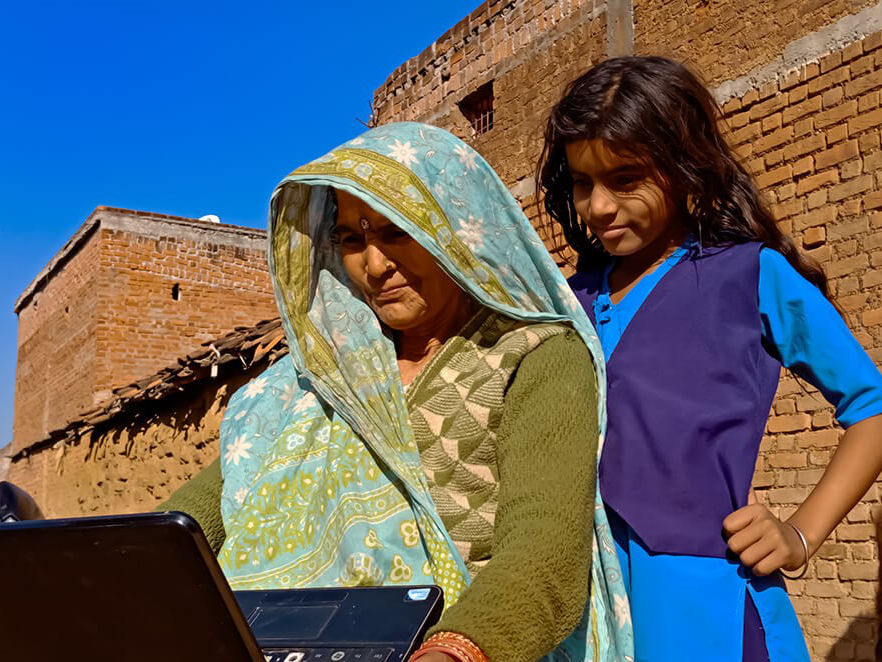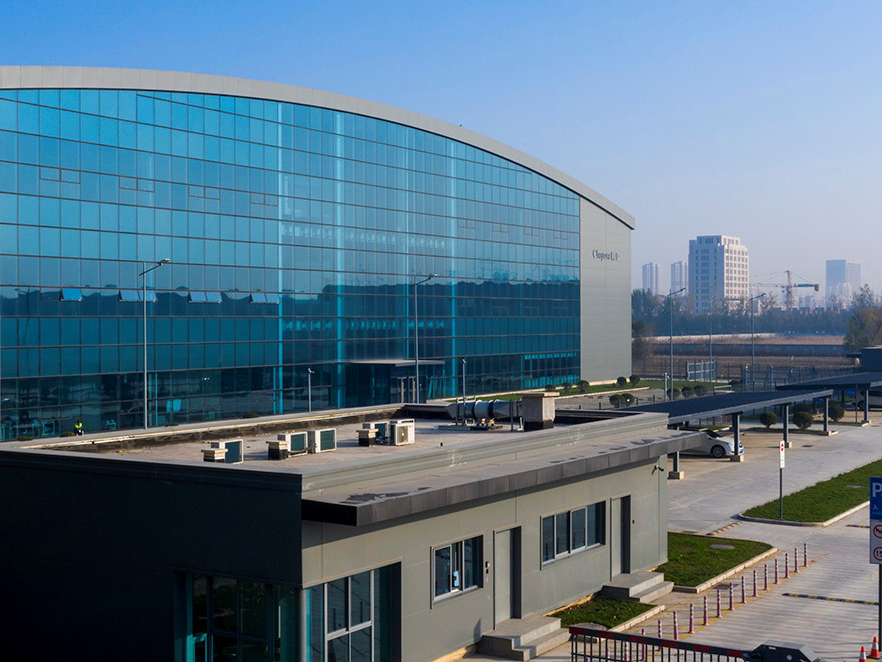The digital revolution is transforming our lives in ways that would have been unimaginable just a few years ago. Technology now sits at the centre of nearly everything we do, radically changing the way we work, eat, and interact with other people.
We no longer simply use our phones as a means of voice communication, they are a device central to the way we manage our lives.
Yet we are only at the beginning of the lifecycle of changes this transformation will bring. Much of the technology behind the growth in data usage is still relatively new: many of the apps that we are now so familiar with have been created in the last decade.
Meanwhile, according to the latest data from the International Telecommunication Union (ITU), only 51% of the world’s population is even on the internet at all. Many people perhaps fail to appreciate quite the scale of the growth that is still to come thanks to digitalisation and the increasing use of data.
The acceleration that we are likely to see over the next ten years is driven by two factors
First, the rollout of 5G enables many more new technologies – including some that no-one has even thought of today – to flourish.
And second, as data becomes more and more prevalent, it will seed the growth of Artificial Intelligence (AI). Indeed, AI will help us not only to monetise all that data, but also ensure we are able to use it in the most effective way possible.
At the heart of the growth in AI and digital technology sits digital infrastructure. Data centres are essentially digital factories, where computing power and data converge to create new data and other services that are delivered to customers, either through fibre connections or mobile phone towers.
One way of thinking about the value data centres bring is that data is another form of energy – it simply comes in the form of a bit or a byte. Raw electricity goes into the plant, and the output is binary electricity in data form.
One of the opportunities from thinking about data as converted energy is that it unlocks the possibility of better tapping energy reserves where there is no means of efficiently extracting it. For instance, in parts of the world where there is energy oversupply, but a lack of distribution capability to move that energy out to the wider market, locating a data centre close by can be a way of harnessing power, exporting it as data rather than electricity.
Another benefit of data centres is that they tend to require a steady input of power, rather than the traditional peaks and troughs of demand that many utility companies require. This makes them an ideal partner for a power generation facility, since they have a predictable, and constant need for the energy that is produced.
Raw electricity goes into the plant, whose output is binary electricity in the form of data
However, our growing reliance on digital infrastructure presents a challenge. The technology that is, for the most part, improving our lives and allowing communications to flow more easily throughout the world requires a huge amount of energy. Indeed, the energy required to run a data centre is over 70% of costs and often determines site selection, design and operations.
This puts a growing emphasis on society to find renewable solutions, a need that will only increase as data usage continues to explode. For example, many of the largest technology companies are currently looking at digital demand that will require each of them to deploy an additional gigawatt of data centre capacity globally over the next five years.
And they are under huge pressure – from governments, investors and even their own employees – to source energy to power this activity from renewables, and migrate their legacy power footprint away from fossil fuels.
The need to build out the world’s digital infrastructure, as well as help build sufficient reliable renewable energy capacity to meet its demand, is an issue that governments, investors and others need to understand and act on now in order to avoid a much larger problem in the future.
How does this impact the emerging markets? There is, in fact, huge scope for them to be among the main beneficiaries of these changes.
Secure energy generation is probably the primary way in which countries can grow their economies and improve the general wellbeing of their populations. Equally important is to provide these countries with access to the digital infrastructure that can help them accelerate their economies even faster.
Many people in these markets are, after all, amongst those 49% of the world’s population that the internet is yet to reach. It is a huge, untapped opportunity to provide the people that live in these areas with all the benefits that digitalisation provides.
A clear priority for many governments will be to build more data centres and get more energy production up and running as quickly as possible. The revolution in digital infrastructure, coupled with the need for secure power generation, is likely to have a huge, positive impact in these parts of the world.
For an investor, this transformation presents huge opportunities. Harnessing them requires three particular skillsets; the ability to source real estate, expertise in clean energy networks, and operational skills in running uninterruptable power supply
Actis has a long track record of investing in energy and renewables plus a focus on parts of the world where the opportunities are perhaps the greatest.
This unrivalled expertise enables successful investment, which is also impactful in the places where it is most needed. This is particularly important for those markets where there is an elevated level of perceived risk: many of the emerging markets are among those.
Having a partner with a deep knowledge of the countries they operate in is a way to mitigate that risk and is critical if investments are to have the most significant impact possible.
The digital revolution still has far to go. It will move in directions that are likely to surprise us all and witness the birth of even newer technologies that will change our lives even further. What we do know is that it will happen at speed. And that digital infrastructure, and the renewable energy to power it, will sit at its heart.

